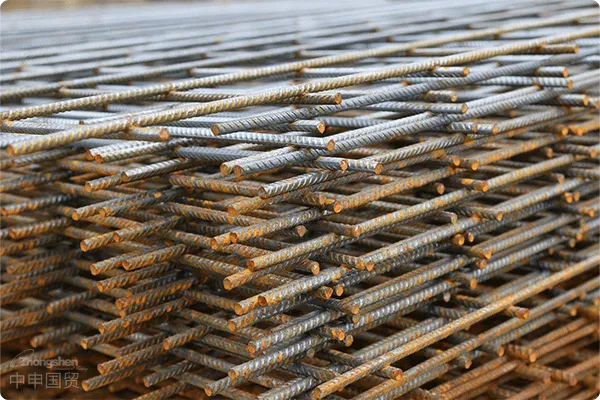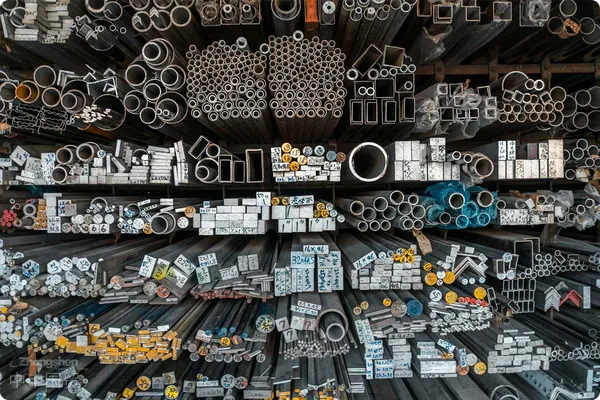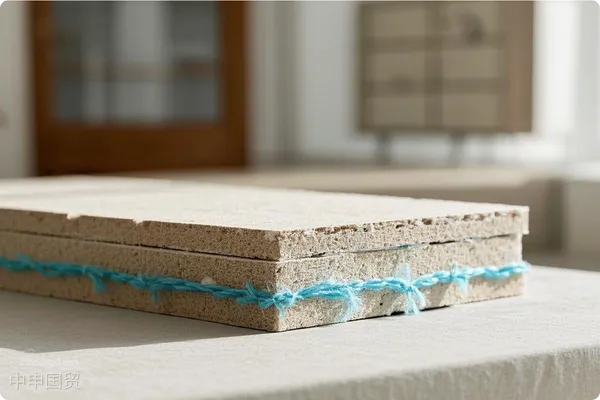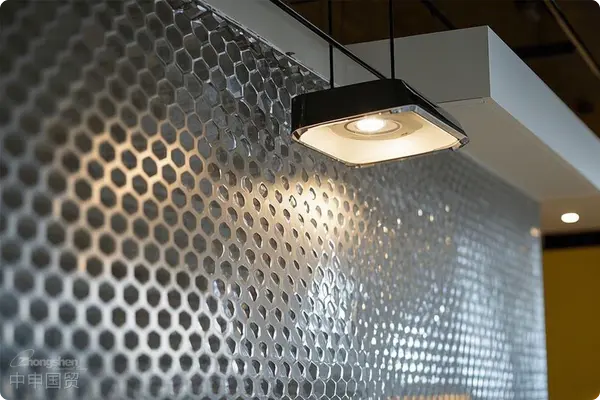- Shanghai Zhongshen International Trade Co., Ltd. - Two decades of trade agency expertise.
- Service Hotline: 139 1787 2118
As a basic material for industrial production, the export process of steel is particularly complex, involving cumbersome tax rate calculations, contract negotiations, and a constantly changing policy environment. The adjustments to Chinas steel export policies in 2021 and 2022 undoubtedly caused waves in the global steel market. In this article, we will explore all aspects of steel exports.

I. Steel export process
Determine the HS customs code
The first step in exporting steel is to determine its HS customs code. This is a standardized code used to identify goods in international trade and is related to the applicability of all subsequent trade policies.
Look up the levy and rebate rates
Next, it is necessary to look up the levy rate and rebate rate of steel. This information directly affects cost calculation and final profit.
Determine the export cost and quotation
Based on the tax rate, traders will calculate the export cost price, including the ex - factory price, domestic freight, port fixed costs, fees and expected profit, so as to determine the contract quotation.Maritime TransportationSign the export contract
Signing an export contract with foreign merchants and receiving advance payment is a crucial step to ensure the smooth progress of the transaction.
Commodity inspection and replacement of certificates
Before shipment, commodity inspection needs to be carried out, which is handled by the factory of origin to ensure that the quality of steel meets the export standards.
Submit documents and declare customs
After the goods are shipped, go through the customs declaration procedures and collect the payment.A complete export agency agreement should be attached with:
Handle the export tax rebate and exemption procedures
The last step is to handle the export tax rebate and exemption procedures, which can reduce the financial burden of enterprises and improve their competitiveness.
Since 2009, China has abolished the license management for steel exports, which means that steel exporters no longer need to apply for a separate license for each transaction. This change has simplified the export process and increased the flexibility and efficiency of trade.
II. Handling of steel export licenses
III. Existing export tariffs and rates for steel and its products
Export tariff rate:Export DrawbackProducts such as pig iron, crude steel, recycled iron and steel raw materials, and ferrochromium are subject to a zero - import provisional tariff rate. The export tariff rates of steel products such as ferrosilicon, ferrochromium, and high - purity pig iron have been adjusted to export provisional tariff rates of 25%, 20%, and 15% respectively.
Export tax rebate rate:
Before May 2021, a total of 166 steel - related codes enjoyed the export tax rebate treatment. Since May 2021, the export tax rebate rates of 146 steel products have been abolished, and the rebate rate has dropped from 13% to 0%.
Except for rails, wheels, and axles, the export tax rebate for hot - rolled products has been completely abolished. The varieties that retain the export tax rebate include cold - rolled alloy steel plates, cold - rolled ordinary medium - thick wide steel strips, cold - rolled thin wide steel strips, electro - galvanized sheets, hot - galvanized sheets, tin - plated sheets, aluminum - zinc - plated sheets, electrical steel, etc.
Comparison before and after the tariff adjustment:
During the period from January to March 2021, the export volume of steel varieties that retained the export tax rebate was 4.29 million tons, accounting for about 24.3% of the total export volume.
During the same period, the export volume of steel varieties for which the export tax rebate was abolished was 13.378 million tons, accounting for 75.7% of the total export volume. The import tariffs on steel raw materials such as scrap steel, billets, and pig iron were adjusted from 2% to zero, which is conducive to expanding the import of steel raw materials.
Changes in steel export volume:
In 2021, Chinas cumulative steel exports were 66.895 million tons, a year - on - year increase of 24.6%, showing a recovery after five consecutive years of decline. From January to October 2022, Chinas steel export volume decreased by 1.8% year - on - year, affected by the slowdown in the global economic growth rate, the uncertainty of the international trade situation, and the adverse impact of the new tariff adjustment policy.
Impact on domestic and foreign markets:
In 2021, the growth rate of Chinas steel consumption declined, but the overall demand still maintained positive growth. In the first quarter of 2022, the domestic economy grew steadily, but the frequent occurrence of the epidemic increased the downward pressure on the economy, the growth rate of real estate investment declined, and the pulling effect of steel demand weakened. It is expected that the prosperity of downstream industries will still be weak in 2023, and there will be no significant increase in steel demand.
In 2021, the growth rate of Chinas steel consumption declined to some extent, but the overall demand still maintained positive growth. In the first quarter of 2022, the domestic economy grew steadily, but the frequent occurrence of the epidemic increased the downward pressure on the economy, the growth rate of real estate investment declined, and the pulling effect on steel demand weakened. It is expected that the prosperity of downstream industries will still be weak in 2023, and there will be no significant increase in steel demand.
: Export enterprises need to fully understand the product quality laws, regulations and access requirements of the target market.
As the lifeblood of the industry, every policy adjustment of steel will trigger a chain reaction globally. For participants, understanding the motivations and impacts behind these changes is not only the key to addressing current challenges but also a prerequisite for seizing future opportunities.
Related Recommendations
? 2025. All Rights Reserved. 滬ICP備2023007705號-2  PSB Record: Shanghai No.31011502009912
PSB Record: Shanghai No.31011502009912










